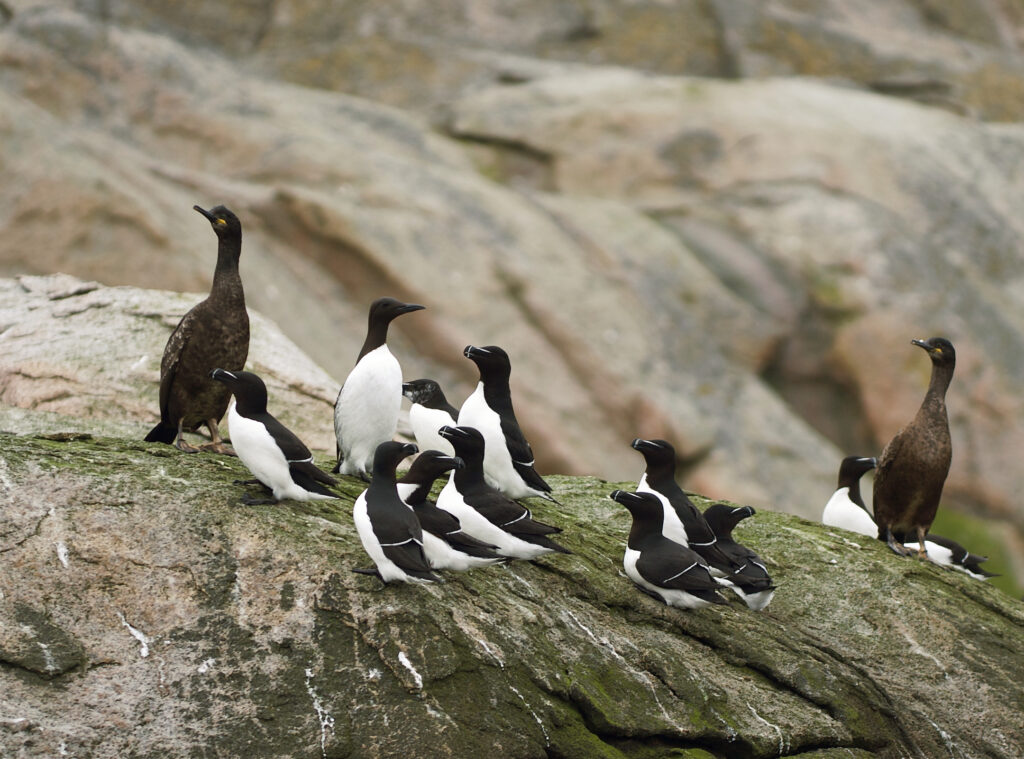Seabirds Can Help Predict the Size of Fish Stocks—If Only We’d Listen
Posted
Last Updated
By Abby McBride.
The scientists who study terns, puffins, and other fish-eating birds are trying to get fisheries managers to heed their warnings.
In 2015, fisheries managers monitoring Atlantic herring in the waters off the United States and Canada made a grave miscalculation. Things were looking good for the multimillion-dollar fishery: adult herring in the Gulf of Maine and the Bay of Fundy were more plentiful than they had been in a decade, and mathematical models estimated that one-year-old herring were also abundant—a promising sign for future catches. The managers set high fishing quotas for the next three years. Then, the herring population went into free fall.
One person who wasn’t surprised by the downturn was Lauren Scopel, then a graduate student at the University of New Brunswick studying terns on Machias Seal Island, on the US-Canada border.
Every summer, on islands throughout the Gulf of Maine, ornithologists hunker inside weathered plywood structures and watch as terns and puffins fly in from the ocean with beakfuls of fish, delivering thousands of meals to hungry chicks. Researchers have been tracking seabird diets on the islands for decades. “We were very aware that there were not a lot of herring” between 2012 and 2014, Scopel says.
This should have been a red flag to herring managers. Terns and puffins are expert samplers of juvenile herring, the little one-year-old fish that will grow big enough to be caught by fishers in a couple of years. Fisheries managers, however, have no dependable way to count juvenile herring and instead rely on the uncertain estimates generated by mathematical models.
Seabirds are highly sensitive to changing ocean conditions and prey availability, earning them a reputation as sentinels of the sea. But ornithologists worldwide struggle to get fisheries managers to pay attention.
Read more at hakaimagazine.com.

